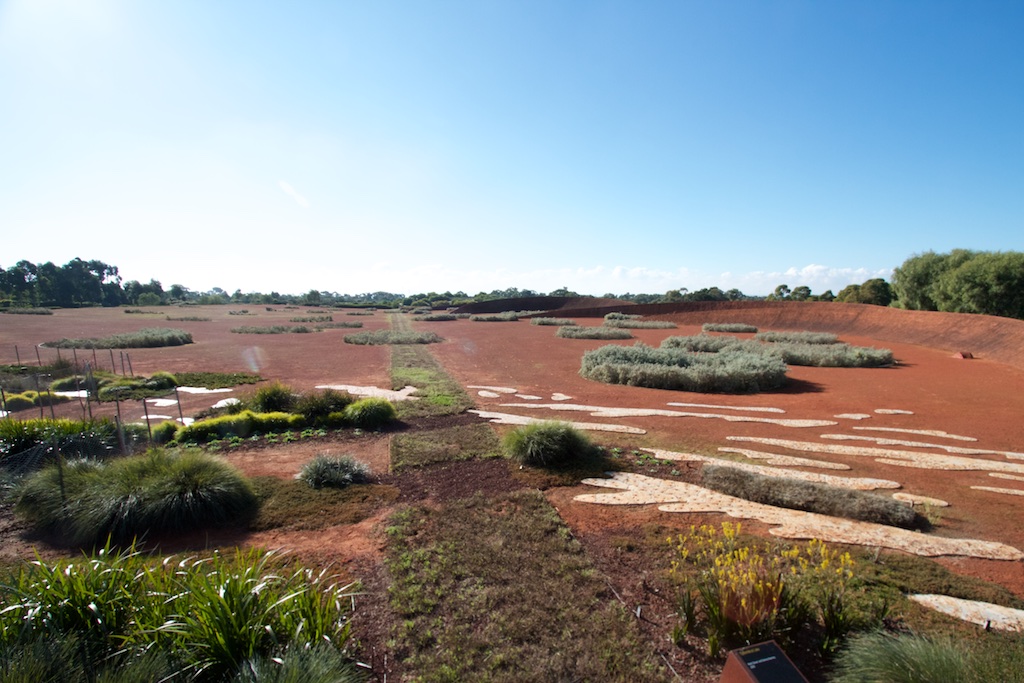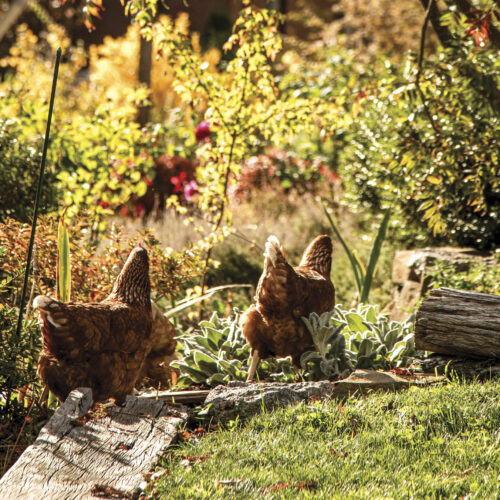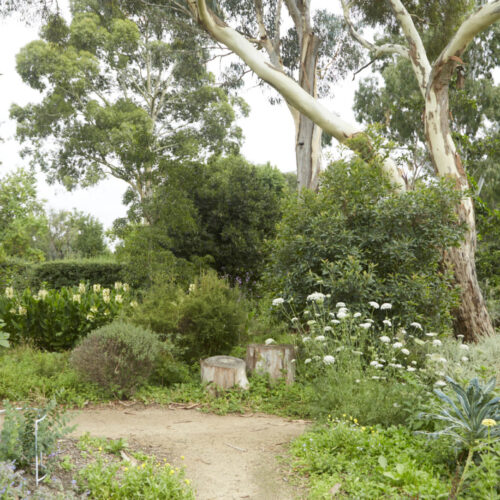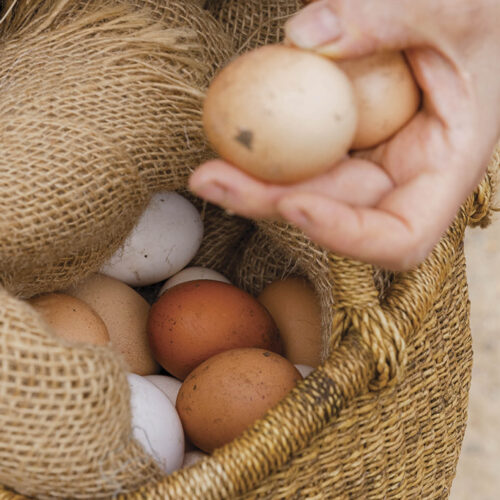Botanic garden beauty
2017-07-01T22:00:00+10:00
Visit the award-winning Australian Garden in the Royal Botanic Gardens, Cranbourne, to watch it develop and grow, writes Penny Woodward.
I have been lucky enough to have been on a few guided tours of the Australian Garden at the Royal Botanic Gardens, Cranbourne. This along with other visits has allowed me to watch as this amazing, award-winning garden develops and grows. Most of our big botanic gardens have been in place for more than 100 years, and although they are wonderful, they don’t change much. The first stage of the Australian Garden at Cranbourne was only completed in 2006 and the second stage in 2011. So this allows us to watch the development of these striking gardens as the plants grow and spread.
The wider context is that Royal Botanic Gardens, Cranbourne covers 360 hectares and was established in the 1970s. It is dedicated to the conservation, display and enjoyment of Australian flora.
Two thirds of this area is impressive remnant natural bushland, heathland and wetland with more than 140 species of threatened flora and fauna. If you’re a cyclist there’s a pleasant cycling track that takes you right through the area. Or you can walk. The Australian Garden is positioned so it’s pretty much surrounded by the remnant bushland.
The first stage of this garden tells the story of the first stages of water’s journey, from the desert to the sea, and is made up of the Red Sand Garden (see photo), Rockpool Waterway, and Diversity, Water Saving, Future and Home gardens. Also included are the Serpentine Path, Arid Garden, and the Eucalypt Walk, comprised of the Stringybark, Bloodwood, Peppermint, Box and Ironbark gardens. These areas have now really come into their own with dense growth that shows clearly the designers’ ideas and intentions. The Eucalypt walk and gardens now feel like a true forest – such a beautiful place to be.
Stage two was structurally finished in 2011 and although the design is becoming clearer, there is a lot of growing that still needs to happen in some areas before the vision is completely realised. There were many new precincts in this space too: River Walk, Cultivar Garden, Howson Hill, Arbour Garden (showcasing climbing plants), Melaleuca Spits, northern display gardens, Gondwana Garden, Lakeside Precinct (including and edible native plant garden), Gibson Hill and Weird and Wonderful Garden. There are also spaces for public performance and community events and a new kiosk.
I feel especially privileged to be able to regularly visit this garden and watch it reach maturity. Entry to the garden is free and all gardeners and anyone who is interested in native plants should visit over the coming years to see the garden develop and the plants grow to the fill the gaps. I know it’s obvious, but one of the enchanting things about gardens is the way they are constantly growing and changing, a little or a lot, this one more than most.
Open 9am–5pm daily. For those less able or without much time, a garden explorer vehicle allows you to travel easily around the garden. You can purchase a day pass. Garden Ambassadors and experienced guides answer questions and host tours. If you want to learn more, click here!






